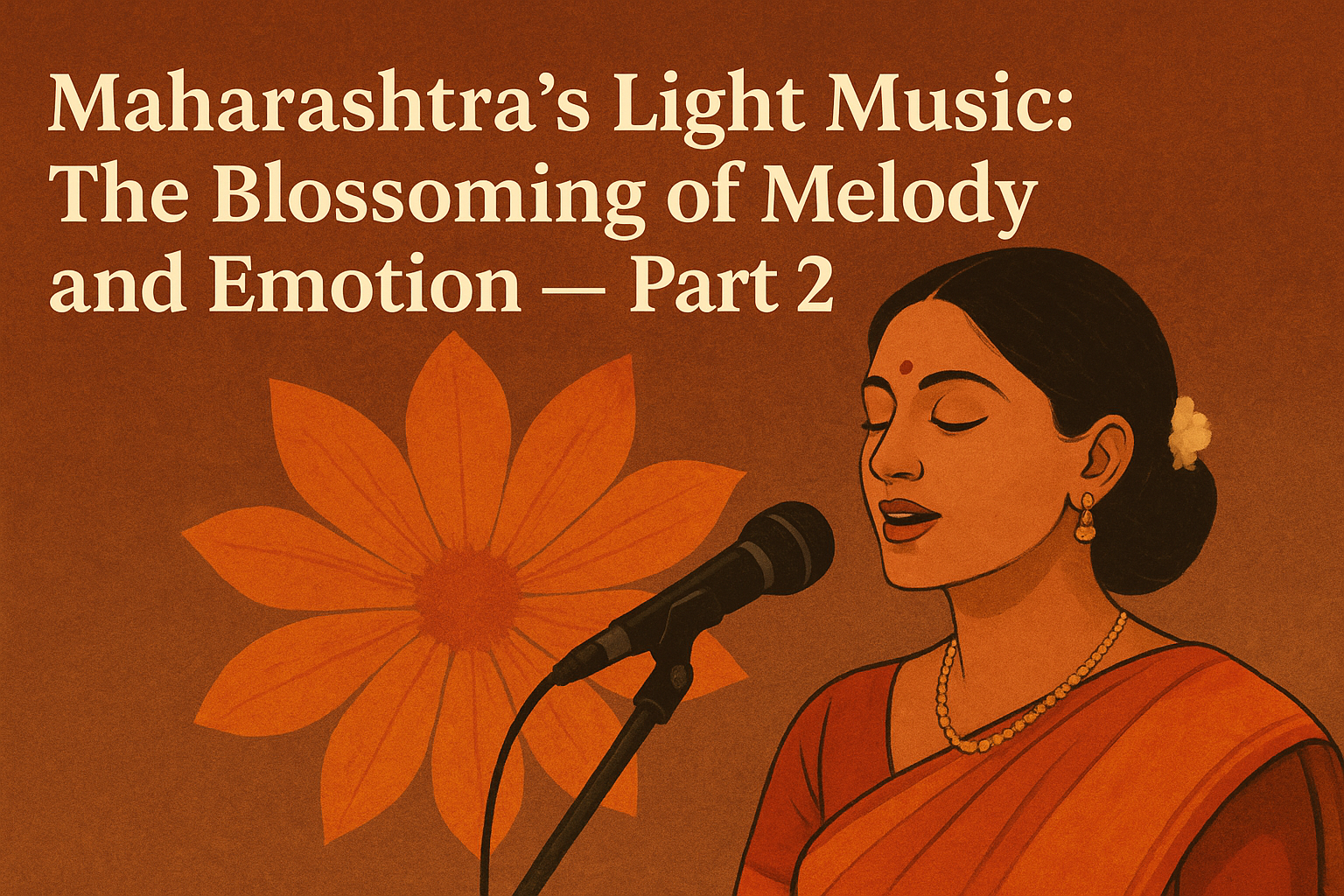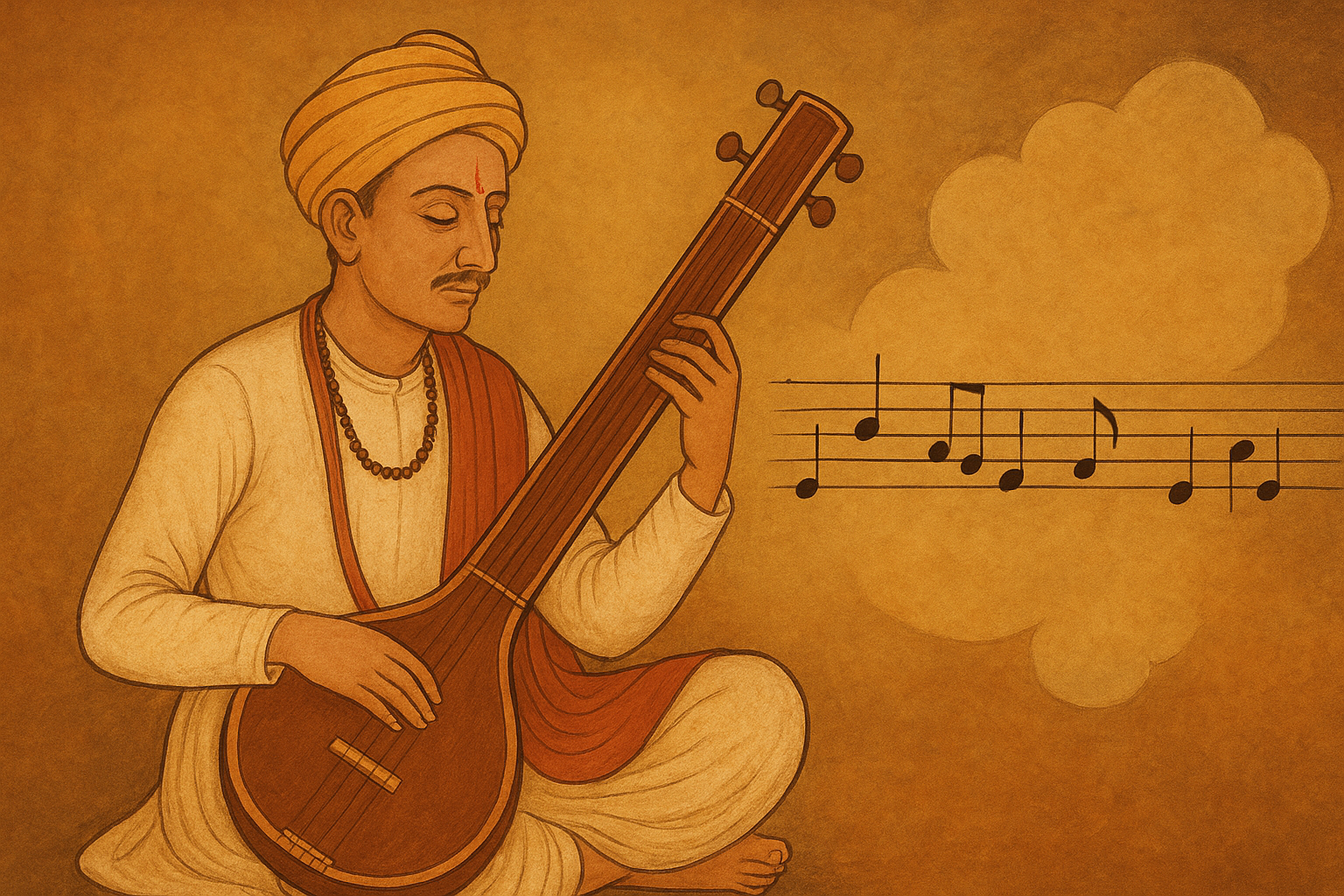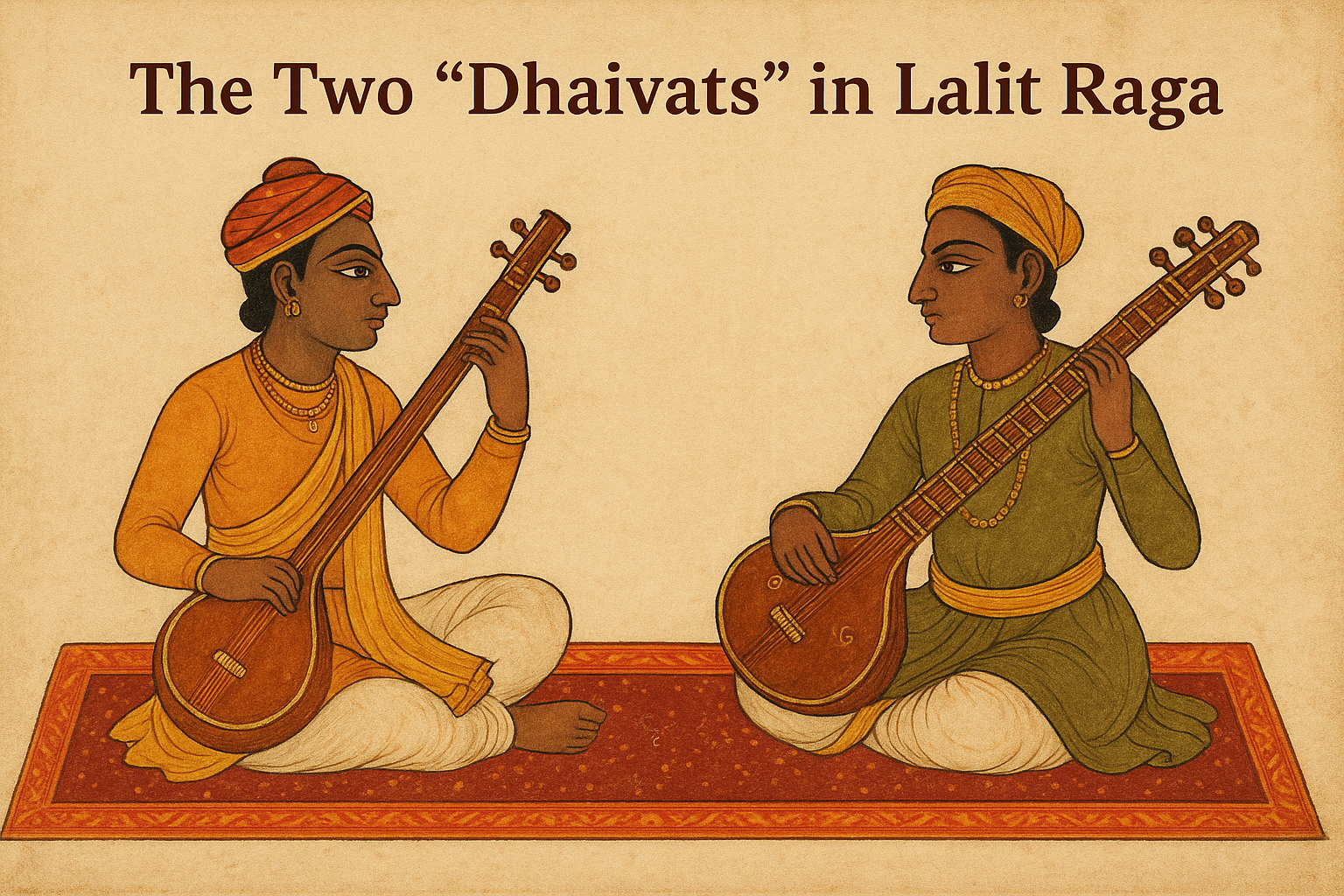Sugam Sangeet, or light classical music, holds a special place in Indian music. Its essence lies in blending melody with meaningful lyrics, ensuring that the listener not only enjoys the tune but also connects with the emotional depth of the song.
What is a Bhavgīt?
In Sugam Sangeet, a Bhavgīt (emotion-driven song) is defined as a song that touches the listener’s heart and leaves a lasting emotional impact. Simply singing the melody is not enough; the singer must convey the intended sentiment and emotion clearly to the audience.
Key Characteristics of Bhavgīt Singing
Understanding the Song and Melody
Every Bhavgīt has a carefully crafted melody.
The singer must listen attentively to the nuances of each note, understanding its pitch, duration, and impact.
The process of internalizing every note in every syllable ensures that the singer fully embodies the song.
Meaning of Words and Emotional Interpretation
Many singers focus solely on the melody, often neglecting the meaning of the lyrics.
In Bhavgīt, the lyrics’ “Arsha” (essence) must reach the audience clearly.
Singers should not just vocalize words but convey the meaning with clarity and emotion. When this happens, the audience resonates deeply with the performance.
Just as learners pay attention to the meaning of each word, singers must actively listen to their own rendition to maintain this connection.
Strength and Control in Singing
Proper breath control and voice modulation prevent off-pitch notes.
Awareness of air flow, pitch, and resonance ensures precise note delivery.
Every note should be heard clearly, allowing the singer to maintain the song’s melodic integrity.
Pronunciation and Understanding of Lyrics
Accurate pronunciation brings out the true essence of each word.
Clarity in articulation ensures that the emotional depth of the lyrics is expressed effectively.
The precision of enunciation directly influences the audience’s comprehension and emotional connection.
Avoiding Artificiality and Blind Imitation
Some singers introduce unnecessary artificiality to their voice or mimic popular singers, which can compromise authenticity.
True Bhavgīt singing maintains naturalness and emotional honesty.
Every melody should reflect the singer’s unique expression while remaining faithful to the song’s emotional core.
Poetic Essence of the Lyrics
In light classical music, the poetry of the song is paramount.
A song becomes Bhavgīt when its poetry is simple, accessible, and conveys emotion effectively.
Marathi Bhavgīts often contain carefully chosen syllables and notes that complement each other.
Repetition of lines, melodic variations, and careful attention to the number of syllables versus notes ensures balance and harmony.
Microphone Techniques in Sugam Sangeet
Modern singing often involves microphones, but singers should not rely on them to artificially amplify their voice.
Treat the microphone as a sensitive listener rather than a tool to boost volume.
Subtle nuances in pitch and pronunciation can be conveyed clearly through proper microphone technique.
Awareness of proximity and breath control is crucial for an effective performance.
The Role of the Music Director (Sangīta Nirdeshak)
A Sangīta Nirdeshak or music director plays a crucial role in Bhavgīt:
They interpret the song, guiding the singer on melody, tempo, and emotional expression.
Their understanding of rhythm, instruments, and ragas ensures that the song reaches the audience in its most appealing form.
A skilled director maintains a balance between tradition and innovation, helping singers deliver performances that are both faithful and emotionally engaging.
Historically, music directors in Maharashtra have shaped the development of Sugam Sangeet by choosing songs, crafting melodic arrangements, and mentoring singers to deliver emotionally resonant performances. Legendary directors and singers like Govindrao Tembe, Sudhir Phadke, and Pandit Jitendra Abhisheki contributed significantly to making Marathi Bhavgīts widely appreciated.
Conclusion
Sugam Sangeet is more than just singing; it is a careful blend of melody, emotion, and poetic expression. The singer, guided by the music director, must convey the song’s emotional depth while maintaining technical precision. This careful attention to melody, lyrics, and audience connection ensures that Bhavgīts remain a timeless and cherished part of Indian music tradition.


